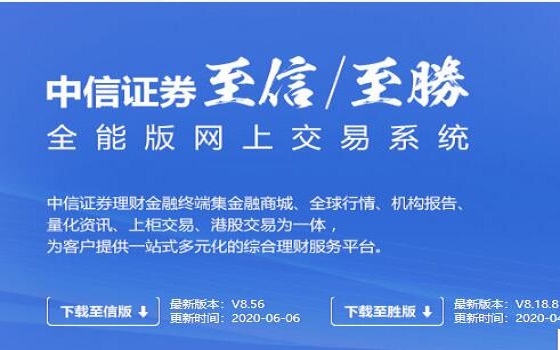Malaysia Strategy:Economic Report 2016/17,highlights
Highlights from MOF’s Economic Report 2016/17, released in conjunction withBudget 2017 (Budget 2017: a (very) broad audience), appear to forewarn onpotential macro slippage re government debt and GDP growth. Coupled withfiscal short-termism favouring operating over development expenditure and abarely positive current account, the governments’ window for holding the nextgeneral elections (GE14) ahead of the potential crystallisation of economicallydisruptive macro risks appears to be narrowing. As flagged in our July 2H16strategy outlook (Snap election driver), we reiterate expectation GE14 will becalled into 2Q17. We anticipate GLC restructuring / GLIC activism momentumin the run-up (GLIC activism will hasten GLC reboot) to support equity marketupside. Our top GLC picks are Tenaga, Telekom, Maybank, CIMB and SimeDarby, with mid-caps of interest including MyEG, MRCB, Felda and DRB.
Debt/GDP really 49%? Sustained deficit spending means a Jan 2016 transferof liabilities to the Public Sector Home Financing Board (LPPSA), which paredheadline debt/GDP ratio by 1.8ppts (see fig 1), is only short-term relief. It wasclarified various legislations (Acts 637 and 275) set the debt ceiling at 55% but“debt” is defined as outstanding MGS, MGII and MITB only; hence, such debttotalled 48.5% of GDP at end-June 2016, c.5ppts lower than headline 53.2%.
Fiscal sustainability/BR1M: the relentless increase in the share of operatingexpenditure, from a total 52% in 2015 to a forecast record 60% in 2017, goingto the 1.6m-strong civil service (via emoluments and pensions) and to debtservicing, appears unsustainable and is at the price of capping more utilitariandevelopment spending. Annual BR1M cash transfers seem an economic andpolitical bargain by comparison, paid quarterly and with the RM6.8bn spendallocated for 2017 to benefit 7mn recipients (25% of the population; figs 3-4).
China drag risk: noting downside risk from largest trading partner China (fig5) transitioning to a “new normal” of slower growth as it moves away from anexport / investment-driven model to domestic services and consumption, theMOF cited an IMF study estimating every 1ppt decline in China’s GDP growthwould impact Malaysia’s GDP growth by 0.3ppts. Positively mitigating wouldbe Chinese FDI and funding support e.g. RM55bn soft loans for the ECRL.
Housing: underscoring the fact that affordable housing shortage is not due tolack of housing programmes (fig 6
- ·市场分析:GDP数据发布 A股震荡回落 2019-10-18
- ·一周市场回:两市震荡下跌 有色、电气设备板块跌幅靠前 2019-10-18
- ·2019年4季度风险溢价预测:4季度末市场估值有下降压力 2019-10-18
- ·科创板新股申购策略之十九:宝兰德报价策略:估值区间67.56%-67.75%分位理性选择 2019-10-18
- ·市场交易主力资金系列:商业银行理财子公司投资全景手册 2019-10-18
- ·2019A股三季报业绩预告简评:创业板业绩持续向好 龙头股业绩占优 2019-10-18










